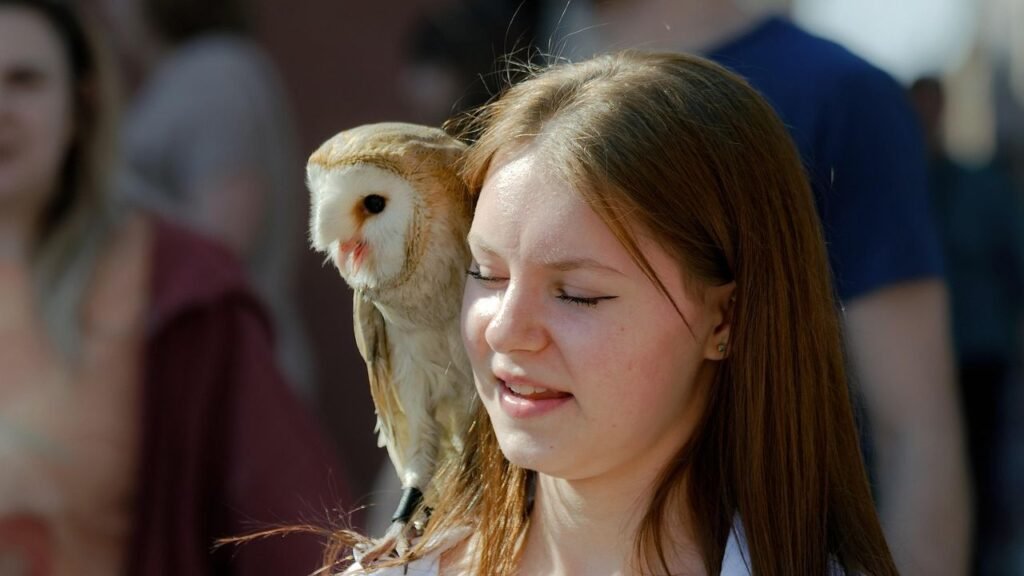The night sky across America holds secrets that only become visible after dusk. In cities from coast to coast, an unexpected phenomenon has captured the attention of scientists and everyday nature enthusiasts alike. Owls, those mysterious hunters of darkness, are not just surviving in our urban environments – they’re thriving in ways that have surprised even seasoned researchers.
Through the power of citizen science, volunteers across the nation have been documenting these nocturnal neighbors, creating a remarkable picture of how owls have adapted to city life. From community members with smartphones to trained volunteers conducting systematic surveys, thousands of people are contributing to our understanding of urban owl populations. Let’s explore the fascinating discoveries emerging from America’s most owl-friendly metropolitan areas.
Charlotte, North Carolina – The Unexpected Barred Owl Paradise
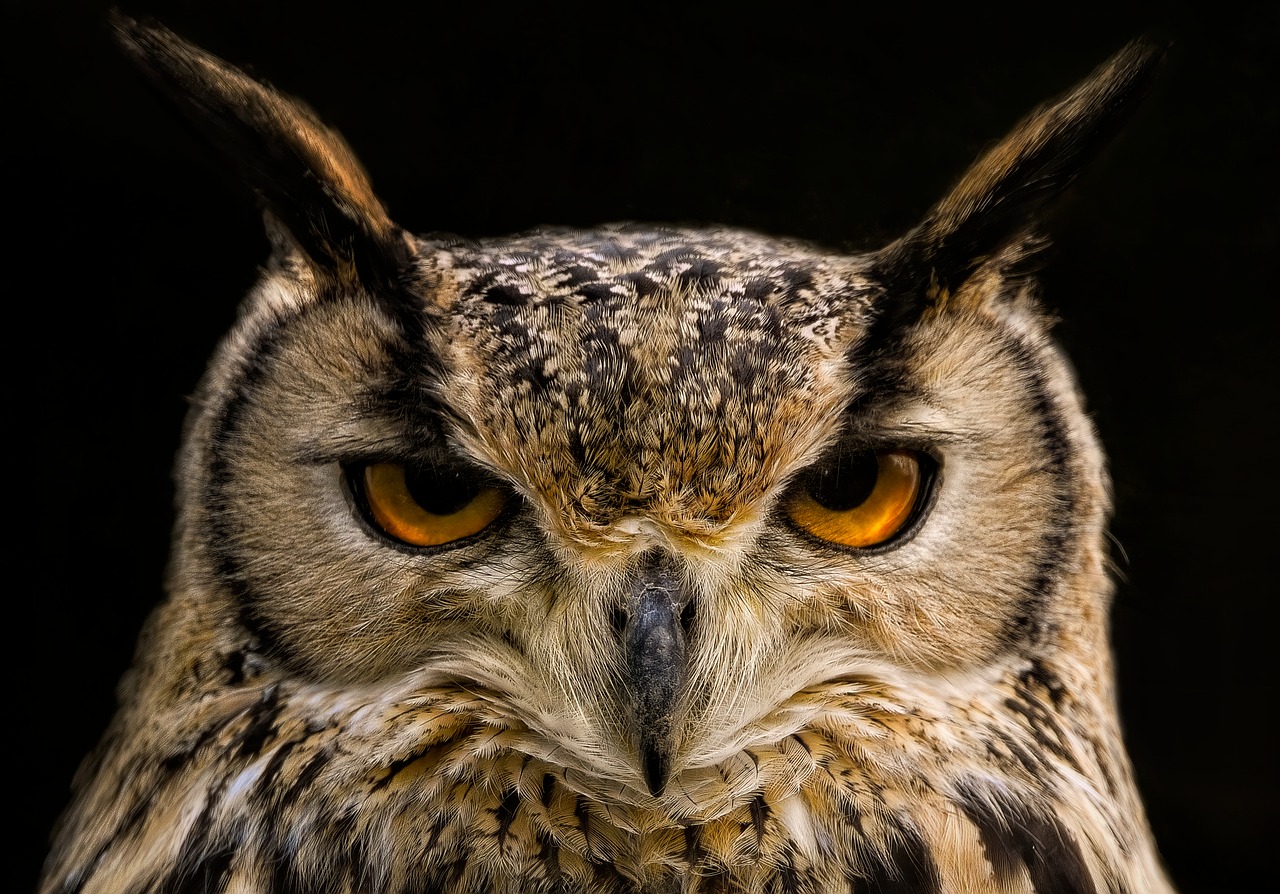
Charlotte has emerged as one of America’s most surprising success stories for urban owl populations. Extensive surveys of barred owls in Charlotte have been surprising to biologists, who had assumed the owl species would have trouble in an urban setting, with textbooks stating they need large stands of old-growth forest to survive. Yet reality tells a completely different story.
Citizen science efforts have mapped a dozen or so owl territories in south Charlotte, each about 200 acres in area, with baby barred owls equipped with radio transmitters beaming back their whereabouts as they mature and settle within the network of mapped nesting sites. The preliminary findings suggest these urban owls might actually be reproducing more successfully than their forest-dwelling cousins.
New York Metropolitan Area – Eastern Screech Owls in Suburbia
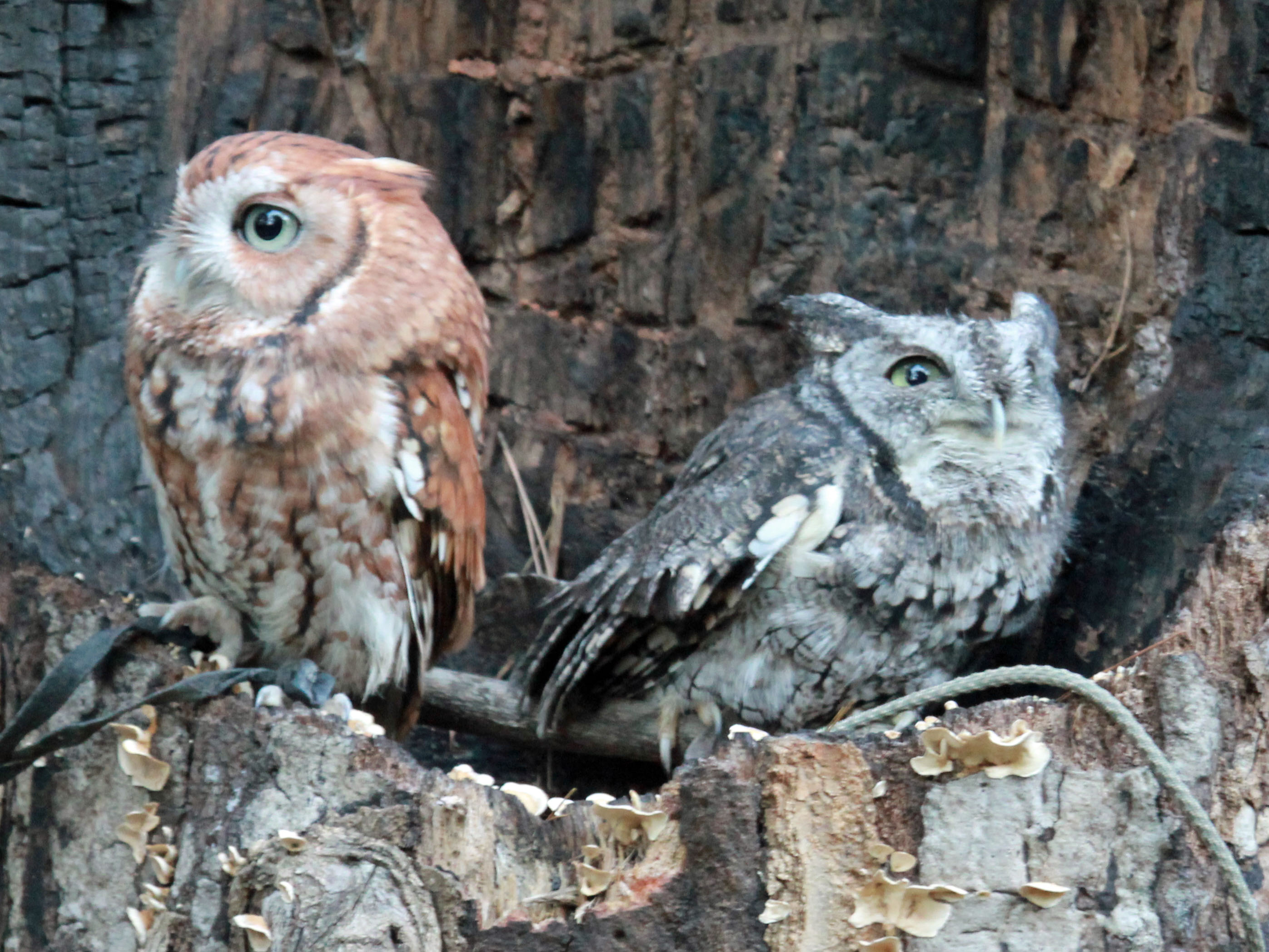
Volunteers in New York and Connecticut have characterized the landscape-level habitat use of Eastern Screech Owls in suburban and urban regions using citizen science methodologies and call-playback surveys during the summers of 2009 and 2010. The results challenged conventional wisdom about where these small owls prefer to live.
Surprisingly, both citizen science and systematic datasets supported similar owl-habitat patterns of higher occupancy probabilities in developed areas compared to rural locations, indicating a negative association between occupancy and percent forest cover. Occupancy appears to decline sharply if the percent impervious cover surrounding a park rises above 50 to 60 percent, suggesting high urbanization around a park acts primarily as a barrier to immigration.
Seattle, Washington – Comprehensive Urban Bird Monitoring
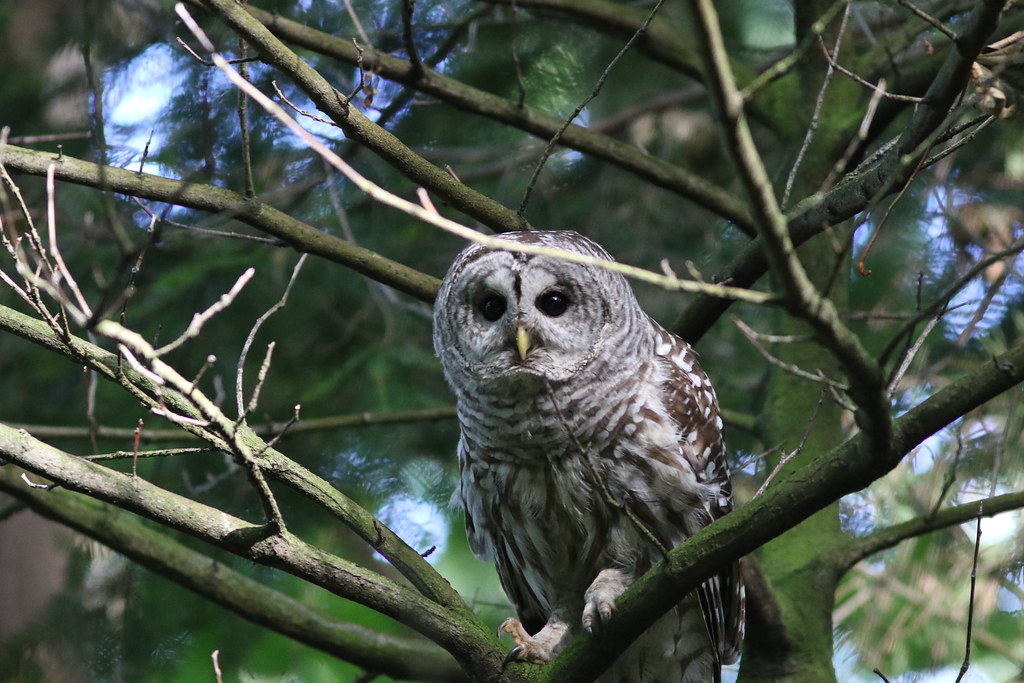
The Pacific Northwest has proven to be a hotbed of citizen science activity, with Seattle leading the charge in comprehensive urban wildlife monitoring. Seattle Audubon Society conducts monthly surveys on urban bird species at eight city parks in Seattle through their Neighborhood Bird Project. This ongoing effort provides valuable data on how owls and other nocturnal species adapt to urban environments.
eBird Northwest, a regional portal designed to support growing regional partnerships around citizen science applications, has a major goal of engaging the birding community in science-driven conservation. This platform has become instrumental in documenting owl sightings across the greater Seattle area, contributing to our understanding of urban owl distribution patterns.
Portland, Oregon – Community Science Excellence
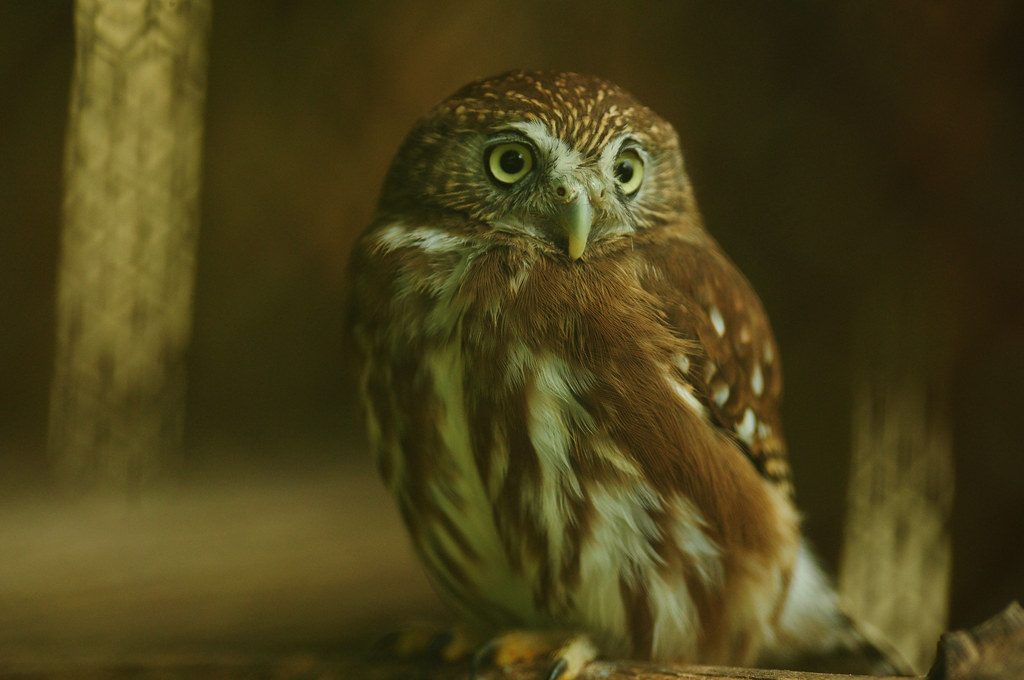
Bird Alliance of Oregon’s community science projects span the urban environment from the Portland Metro region to the coast as well as eastern Oregon, engaging members of the public to help better understand the ecology of birds and other wildlife. Their comprehensive approach includes specific attention to nocturnal species like owls.
Portland has been featured on the Science Near Me website, which connects the general public to science fairs, forums, experiments and events, including projects like the Portland Urban Coyote Project. This community-driven approach to urban wildlife research has created an environment where owl monitoring thrives alongside other wildlife studies.
Chicago, Illinois – Lincoln Park Zoo’s Urban Wildlife Initiative
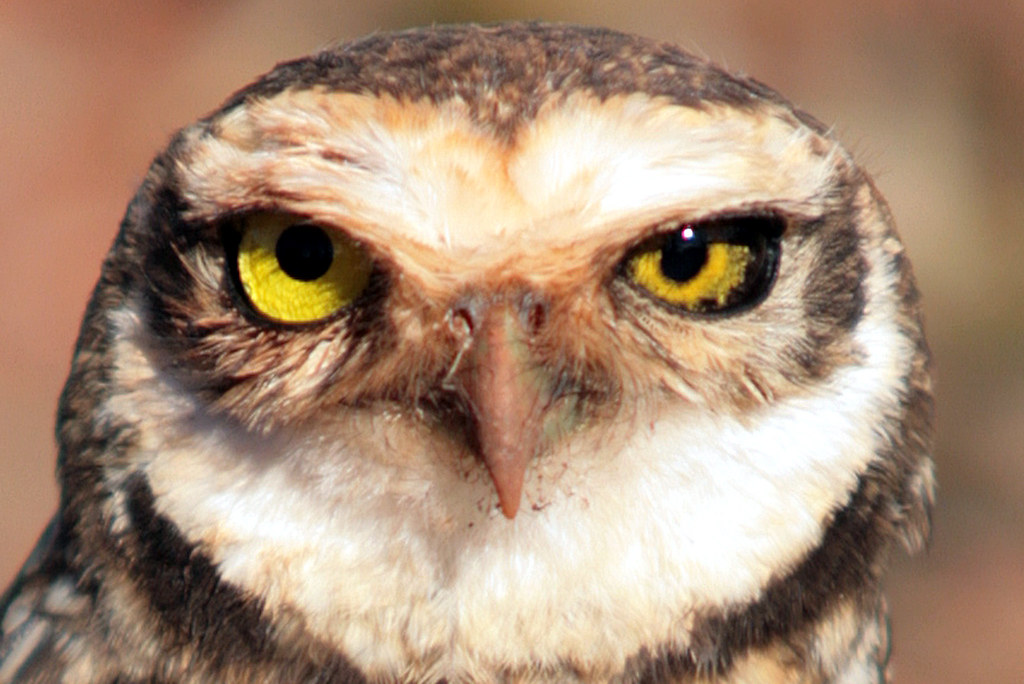
Chicago represents one of the most ambitious urban wildlife monitoring programs in the nation. The Lincoln Park Zoo’s Urban Wildlife Institute uses motion-triggered cameras across 100 sites in Cook, Lake, DuPage, and Will Counties to help scientists understand the biodiversity of the Chicagoland area, with citizen scientists identifying where animals are and helping researchers track different species populations.
This comprehensive monitoring network captures nocturnal species behavior patterns that would be impossible to document through traditional research methods alone. The research aims to understand how wildlife live in cities, and how we can best conserve and coexist with wildlife on our increasingly urban planet.
Los Angeles, California – City Nature Challenge Pioneer
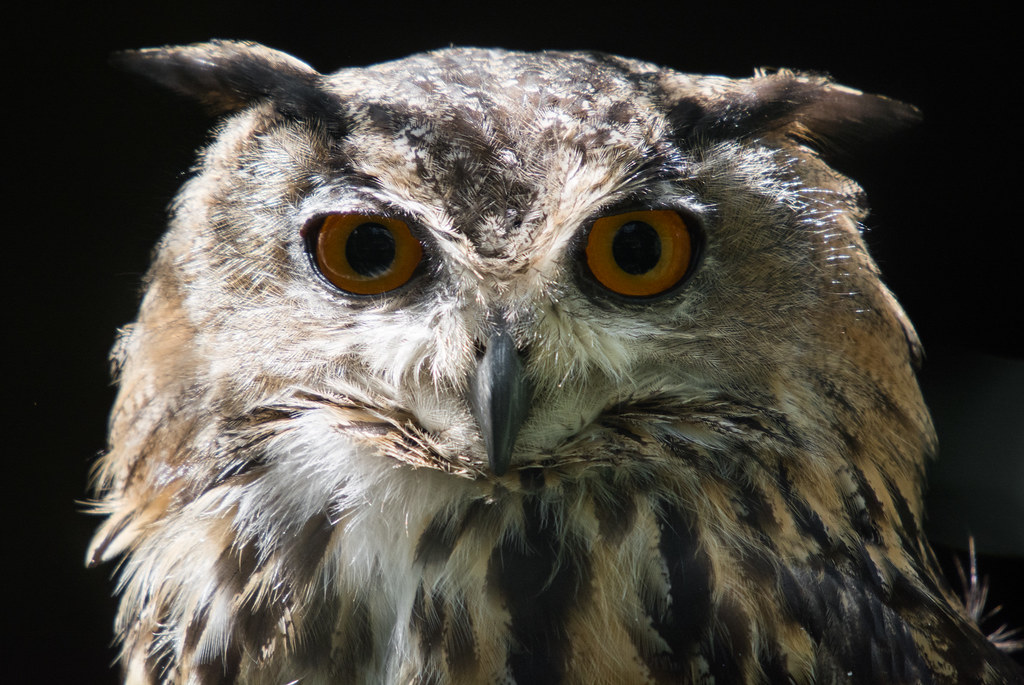
The City Nature Challenge started in 2016 as a wildlife data collection competition between the cities of San Francisco and Los Angeles, and has since evolved into a massive citizen science initiative. The City Nature Challenge utilizes the iNaturalist platform to encourage users to photograph urban nature, with cities like Los Angeles participating alongside Seattle, Houston, Chicago, and other major metropolitan areas.
This annual event has generated unprecedented amounts of data about urban biodiversity, including nocturnal species that are often overlooked in traditional surveys. The competitive nature of the challenge motivates thousands of participants to document wildlife they might otherwise never notice, creating valuable datasets for researchers studying urban owl populations.
Houston, Texas – Regional Urban Biodiversity Studies
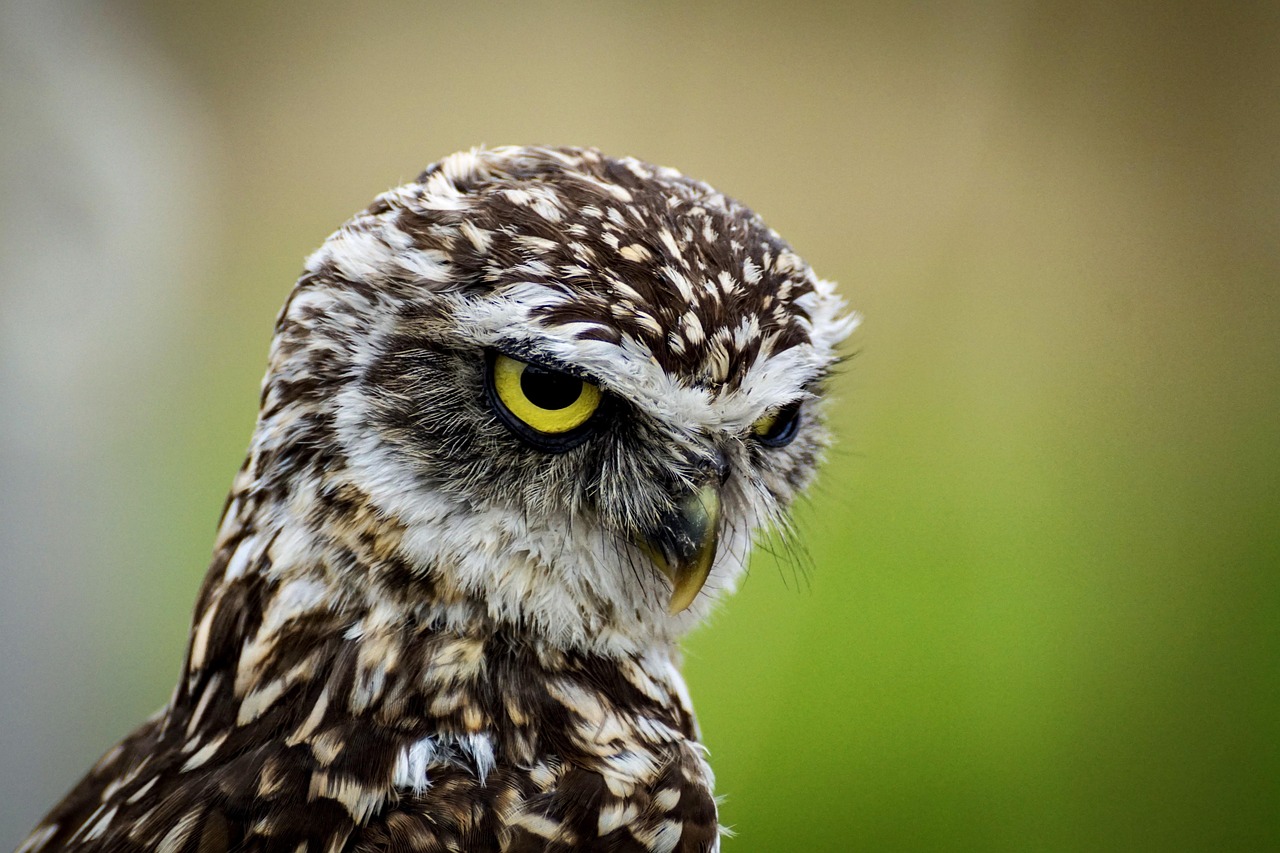
Houston participates in regional studies alongside Dallas and Austin as part of Texas metropolitan cities grouped together in urban biodiversity research. Research shows that all three Texas metropolitan cities – Houston, Dallas, and Austin – were grouped near one another in community composition studies, suggesting similar ecological patterns across the region.
The citizen science data collected through platforms like iNaturalist has revealed important insights about how urban owls adapt to the unique challenges of Texas cities. These hot, humid environments present different challenges than northern cities, yet owl populations have found ways to thrive in these metropolitan areas as well.
Philadelphia, Pennsylvania – Urban Nature Documentation
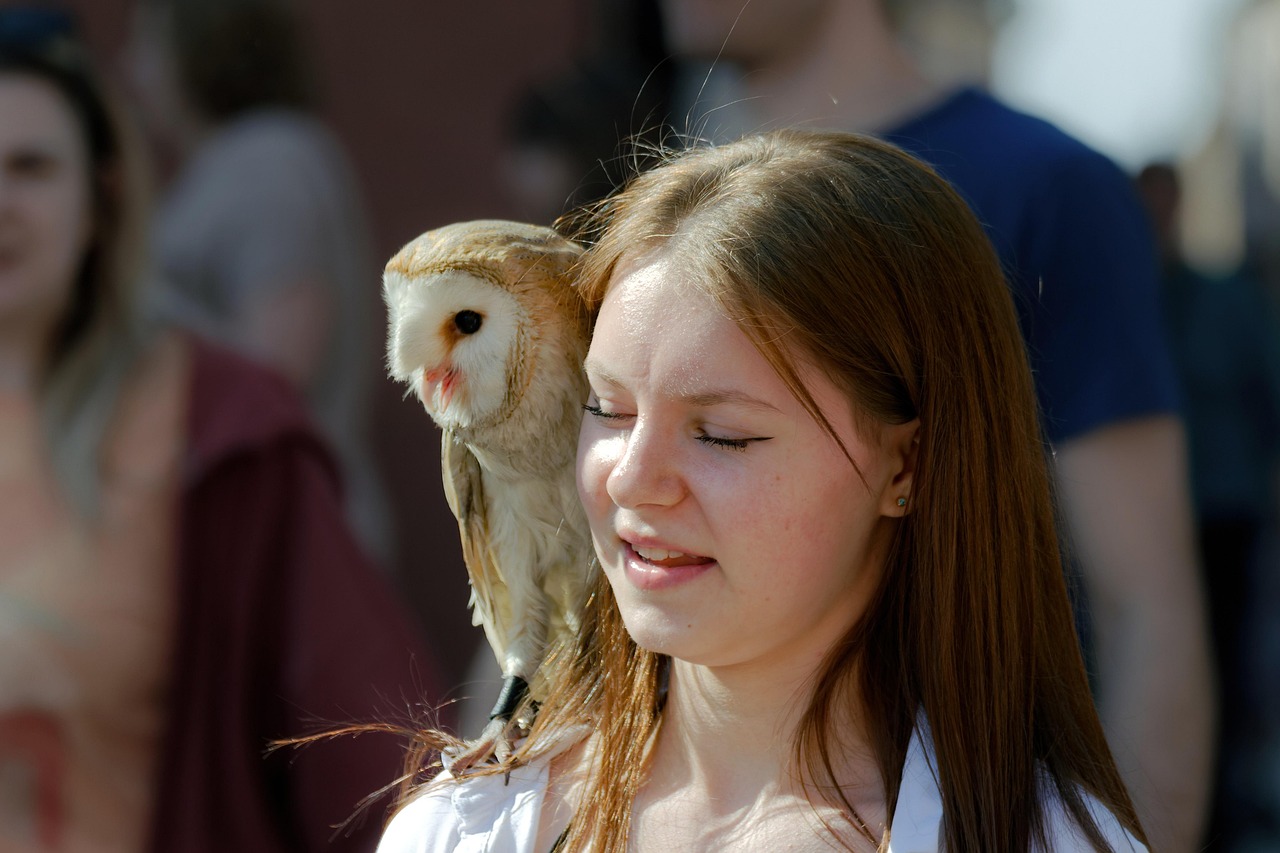
Tyler Arboretum partners with Philadelphia City Nature Challenge, where during the annual City Nature Challenge weekend, Philadelphia and its adjacent counties compete against other cities worldwide to see who can find the most species in their regions. This competitive citizen science approach has proven remarkably effective at documenting urban wildlife.
The Philadelphia region benefits from a rich network of parks and green spaces that provide crucial habitat for owls and other nocturnal species. Citizen scientists using the iNaturalist app have documented surprising diversity in areas that might appear too developed to support wildlife, demonstrating the resilience and adaptability of urban-adapted owl populations.
Conclusion

The citizen science revolution has fundamentally changed how we understand urban owl populations across America. From Charlotte’s thriving barred owls to Seattle’s comprehensive monitoring programs, volunteer efforts have revealed that our cities are far more wildlife-friendly than anyone expected. These eight metropolitan areas represent just the beginning of what promises to be an ongoing discovery process.
The combination of advanced technology, hands-on fieldwork, and community collaboration has made this research possible, resulting in findings that could influence how urban spaces are designed in the future to better accommodate both wildlife and human residents. Perhaps most remarkably, these studies consistently show that owls aren’t just surviving in our cities – they’re often doing better than their rural counterparts. What other secrets are hiding in the darkness above our urban landscapes? The answer lies waiting for the next generation of citizen scientists to discover.

